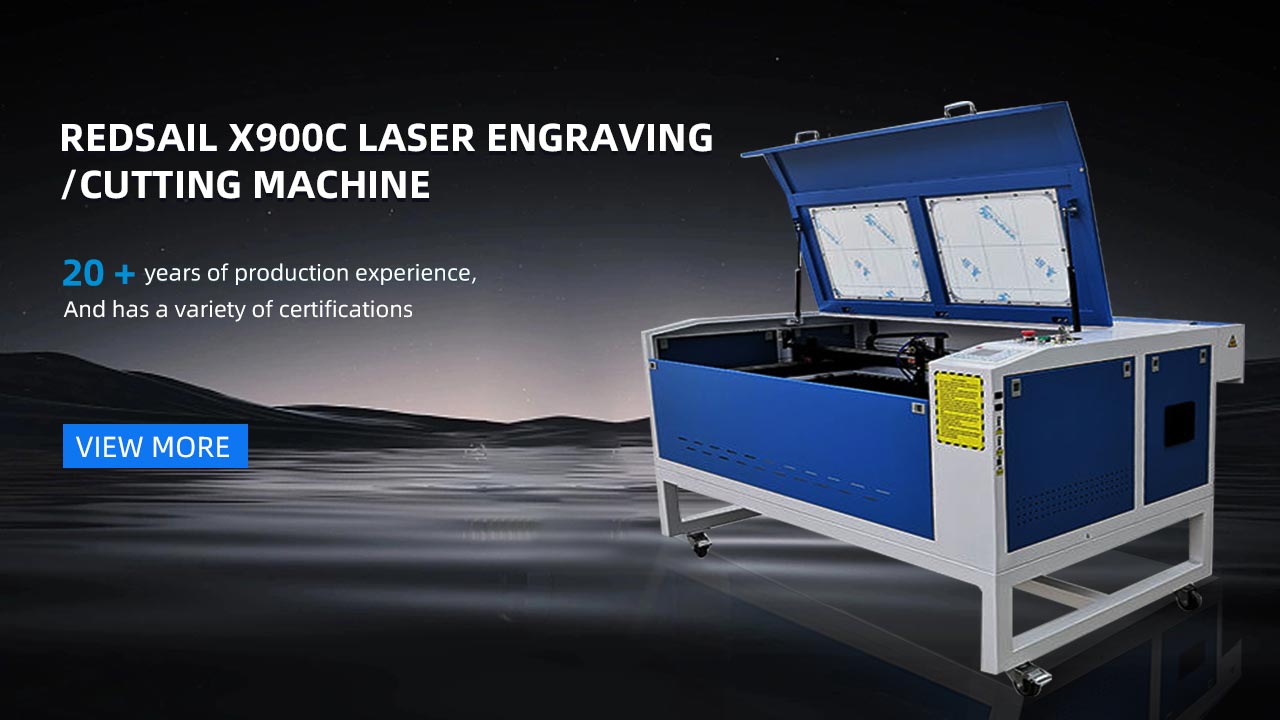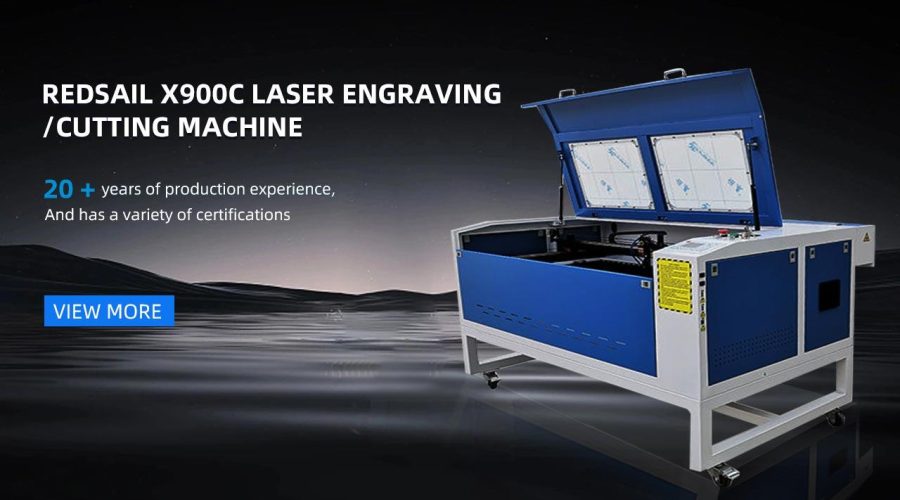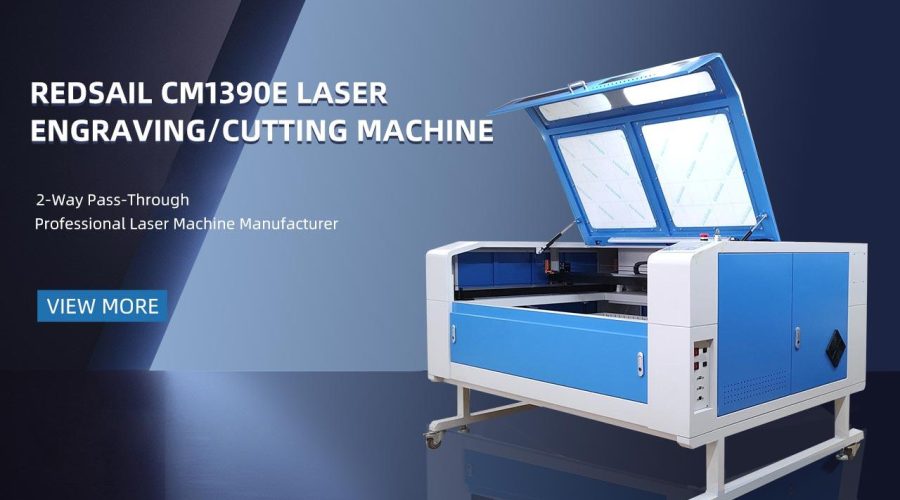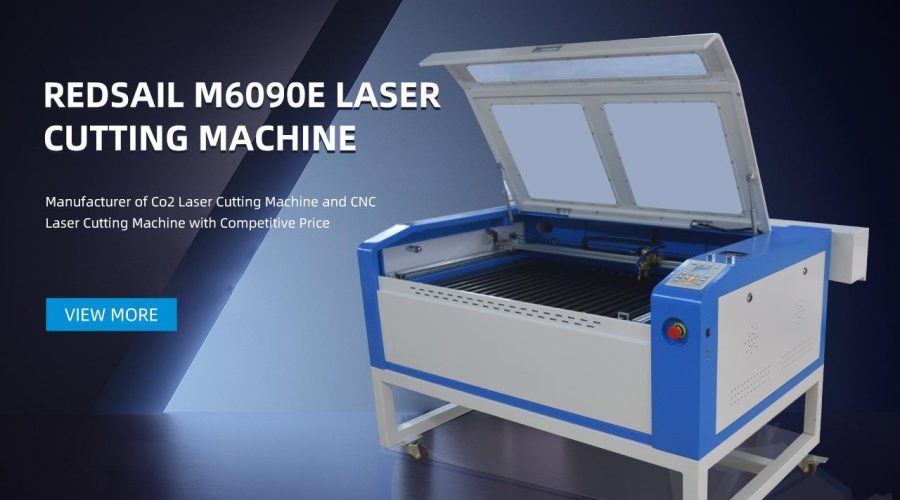Unveiling the Cutting-Edge Laser Engraver: How Does it Work and What Can it Do?
Introduction
In today’s digital age, technology continues to revolutionize various industries. One such innovation is the cutting-edge laser engraver. This powerful tool has gained significant popularity in recent years for its ability to create intricate designs and markings with precision. In this article, we will explore how this fascinating device works and discuss the multitude of applications it is capable of generating.
How Does a Laser Engraver Work?
A laser engraver utilizes the power of laser technology to etch or carve designs onto a wide range of materials, such as wood, metal, glass, acrylic, and more. Let’s delve into the fundamental process involved:
- Laser Beam Generation: The laser engraver features a high-powered laser beam that is produced by solid-state, fiber, or CO2 lasers. These lasers emit a concentrated beam of light, which is then focused onto the material’s surface.
- Material Absorption: When the laser beam hits the material, it is absorbed and converted into heat. Different materials respond differently to the laser beam, resulting in various effects and outcomes.
- Engraving Process: The laser beam follows a pre-programmed digital design or pattern, which is input into a specialized software. As the laser moves across the material, it creates microscopically small points of concentrated heat, vaporizing or melting the material. This process engraves the desired design or text onto the surface of the material.
It’s crucial to note that laser engravers possess exceptional precision and control, making them ideal for creating intricate designs, images, or text on various materials.
Applications of Laser Engravers
The versatility of laser engravers allows for an extensive array of applications across different industries. Here are some notable uses of this cutting-edge tool:
- Personalized Gifts: Laser engravers enable the customization of gifts by engraving names, dates, and intricate designs onto items like jewelry, photo frames, and wine glasses.
- Industrial Manufacturing: In the industrial sector, laser engravers are used to mark serial numbers, barcodes, logos, and other identification details on metal, plastic, or rubber components. This helps with inventory management and product traceability.
- Artistic Creations: Many artists utilize laser engravers to transform their digital designs into physical forms. This technology allows for the creation of wooden sculptures, acrylic paintings, and even intricate architectural models.
- Jewelry Design: Laser engraving offers precise detailing on jewelry pieces, allowing designers to add complex patterns, textures, and engravings to rings, pendants, and bracelets.
The applications of a laser engraver continue to expand as individuals and industries discover the limitless possibilities it offers for customization and manufacturing.
Frequently Asked Questions (FAQs)
-
Can a laser engraver work on any material?
While laser engravers are versatile, the material composition plays a significant role. Laser engravers work exceptionally well on materials like wood, acrylic, glass, leather, and metals. However, certain materials with highly reflective surfaces, such as mirrors or metals like copper, can pose challenges due to the reflection of the laser beam.
-
Is laser engraving a permanent marking method?
Yes, laser engraving creates permanent marks on surfaces. Unlike printed or painted markings that can fade or wear off over time, laser-engraved designs deeply penetrate the material, ensuring long-lasting and durable markings.
-
What are the advantages of laser engraving over traditional engraving methods?
Laser engraving offers numerous advantages over traditional methods, such as:
- Unparalleled precision and fine detail
- Ability to create complex designs quickly
- Non-contact process that eliminates the risk of surface damage
- Capability to engrave on a wide range of materials
- Automation and ease of replicating designs
With its remarkable capabilities and growing applications, laser engraving is transforming industries, unleashing the potential for creativity, personalization, and efficient manufacturing.





